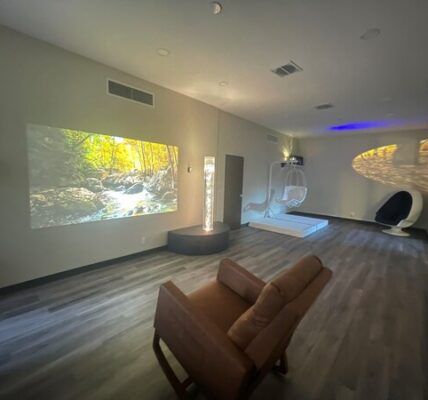New Paper Published in Alzheimer’s & Dementia: The Journal of the Alzheimer’s Association, Demonstrates Correlation Between the Presence of Misfolded α-Synuclein and Clinical Presentations of Alzheimer’s Disease
Amprion is pleased to be affiliated with a new scientific paper published in Alzheimer’s & Dementia, entitled “Investigating alpha-synuclein co-pathology in Alzheimer’s disease by means of cerebrospinal fluid alpha-synuclein seed amplification assay,” led by University of Perugia Professor, Dr. Lucilla Parnetti and Amprion Director of Research and Development, Dr. Luis Concha-Marambio.
In this study, the α-Synuclein Seed Amplification Assay (αS-SAA) developed by Amprion, commercially known as the SYNTap® Biomarker Test, was performed on cerebrospinal fluid (CSF) samples from 240 Alzheimer’s disease (AD) patients. These patients were extensively characterized by Dr. Parnetti’s team, with CSF samples collected in preclinical, prodromal, and dementia stages. The goal was to determine the prevalence of misfolded α-synuclein in this population and evaluate correlation with clinical presentations, such us neuropsychiatric symptoms or cognition.
Misfolded α-synuclein, which is evidenced by αS-SAA positivity, was observed in 30% of AD patients, and closely matched the 33% prevalence of Lewy body pathology determined at autopsy1. Moreover, SAA positivity was associated with cognitive decline, visual-spatial impairment, behavioral disturbances, and a worse clinical outcome. These data suggest that misfolded α-synuclein plays an active role in the clinical presentation of AD.
“The results are very encouraging as they show how underlying synuclein pathology can be detected by αS-SAA during life at all stages of AD,” said Dr. Luis Concha-Marambio, Director of Research and Development at Amprion. “Given the number of people living with AD around the world, our results suggest that AD might be the most prevalent synucleinopathy, effectively making co-pathology the norm rather than the exception.“
“In the near future, identifying whether people carry both AD and synucleinopathy in the earliest clinical phases will be mandatory, as it will help determine what precision treatment should be prescribed,” said Dr. Lucilla Parnetti, Professor at the University of Perugia. “The ability to timely halt all the different causes of neurodegeneration, as opposed to only one of them, seems to represent the most promising strategy in the fight against AD and related neurodegenerative disorders.”
The ability of αS-SAA to detect underlying α-synuclein pathology during life has already catalyzed major changes in the field of neurodegeneration, including new proposals to define diseases like Parkinson’s disease (PD) and dementia with Lewy bodies (DLB) based on biomarkers rather than clinical syndromes. This underlines the importance of having a well-controlled, clinically validated tool like the SYNTap® Biomarker Test to determine the presence of misfolded α-synuclein in living patients.






